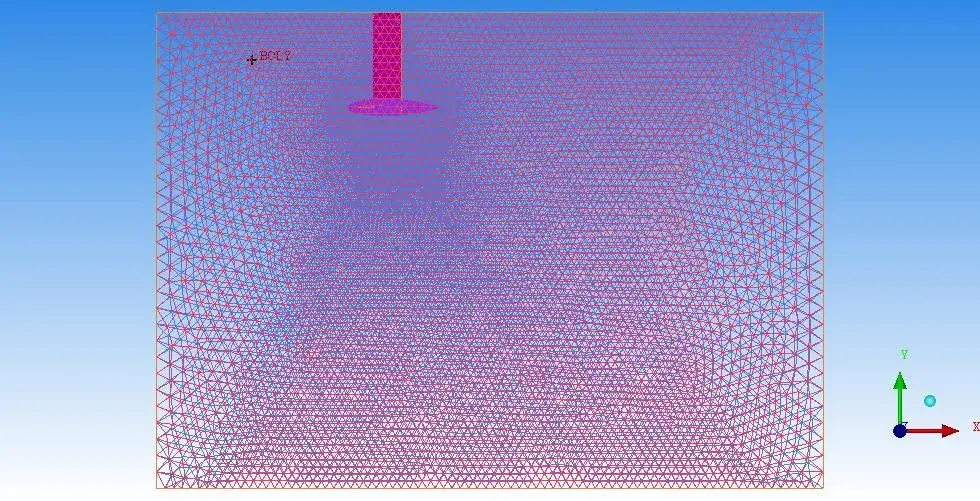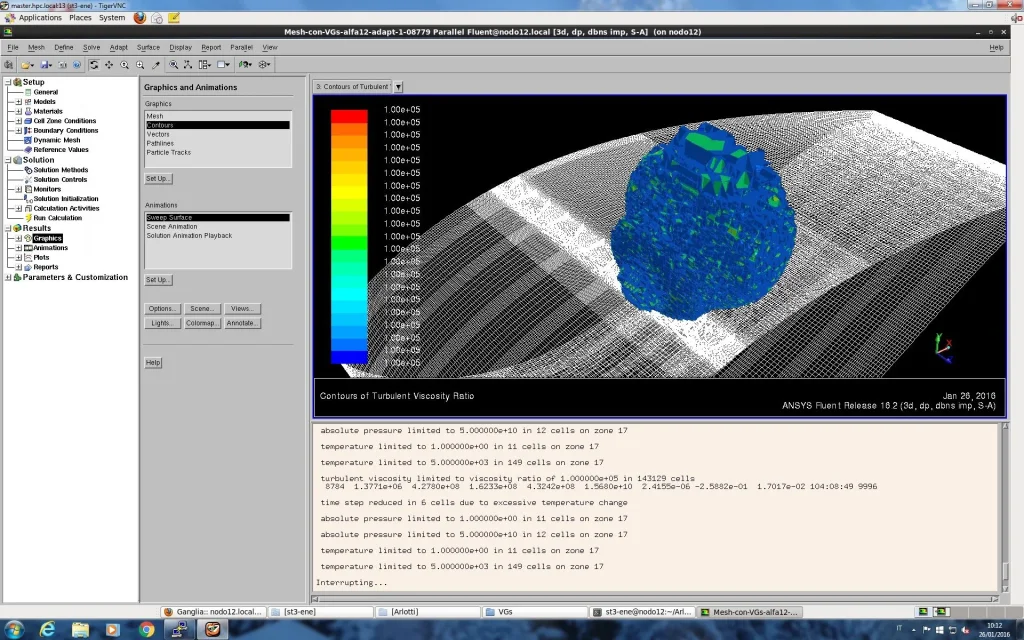Sylnet
Guest
Thanks I imagined that he was not "very good" to get this load loss...in fact the accounts don't come back much! I didn't think, or rather, I forgot that the cfd doesn't do much with friction!
I didn't see the point in front of 60... after 6 hours of study the head goes a little....:biggrin:
Yes, the values are definitely better, I have reported much larger values, but this is obvious since the air has a lower viscosity the speed profiles extend more. I would extend to the sides a little more, as well as behind the bulb... then it would be to see the turbulence, maybe after 4 m it will be sufficiently low to avoid recirculations.
cmq agree, with an image it would be much easier to understand the situation
I didn't see the point in front of 60... after 6 hours of study the head goes a little....:biggrin:
Yes, the values are definitely better, I have reported much larger values, but this is obvious since the air has a lower viscosity the speed profiles extend more. I would extend to the sides a little more, as well as behind the bulb... then it would be to see the turbulence, maybe after 4 m it will be sufficiently low to avoid recirculations.
cmq agree, with an image it would be much easier to understand the situation


